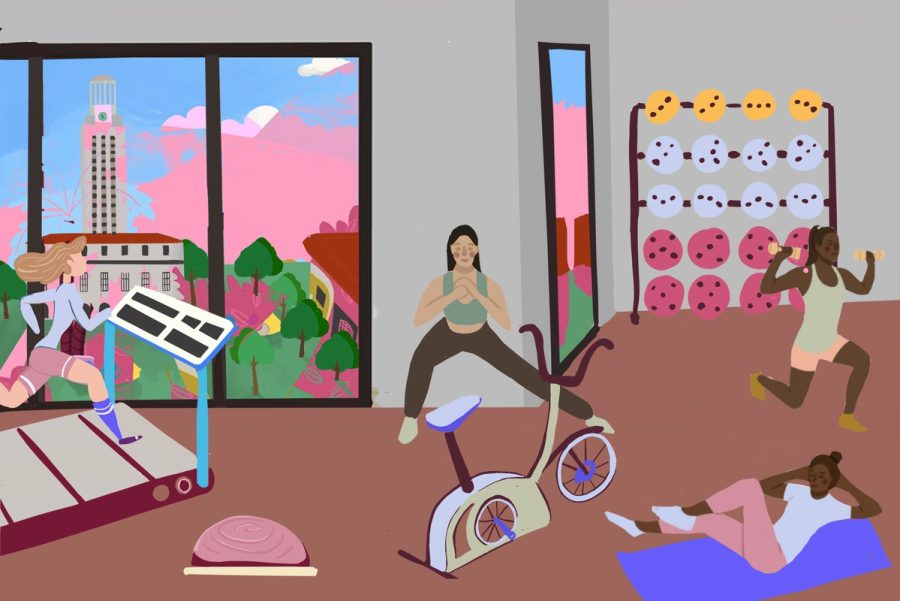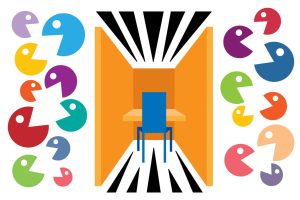UT should create more workout spaces on campus besides Greg and the Rec
October 25, 2022
With a student population over 50,000, UT Recreational Sports has faced considerable challenges over the past several years to accommodate student demands for more exercise facilities and equipment. As Gregory Gym and the Recreational Sports Center have limited space, these facilities are overcrowded and cannot satisfy the needs of UT’s growing student body.
To serve the UT student population adequately, RecSports should work to expand its facilities by installing exercise rooms in unused spaces around campus.
“(Gregory Gym) gets pretty busy and you’ll spend maybe 20 minutes, sometimes 30, waiting for a machine,” mathematics sophomore Riemann Verdeflor said. “There’s just so many people in there, and there’s not a ton of machines.”
Verdeflor said that while the Rec Center is more spacious and offers better waiting times in the weightroom than Gregory Gym, the crowding problem persists, just to a lesser extent.
According to Randall Ford, director of communications and development for recreational sports, RecSports has taken steps to combat the overcrowding issue. For instance, RecSports manages the new workout room in Rowling Hall.
While the addition of this space paves a step in the right direction, progress is limited because the room is exclusive to graduate business students. To make greater progress, RecSports should add new exercise spaces in other departments on campus. However, there are some factors which prevent RecSports from accomplishing this goal.
“Funding (is) probably the number one issue with (creating new exercise spaces), and because we’re an urban landlocked campus, finding a plot of land or space would be a second challenge,” Ford said.
While RecSports is open to further expansion, growth of its facilities is dependent upon support from administration and students. For this reason, increased multilateral collaboration within the UT community is essential.
During the 1990s, RecSports constructed the Rec Center to complement the existing Gregory Gym. The funding of these projects did not come from UT administration. Instead, it came entirely from a majority vote in a 1985 referendum, in which students agreed to contribute a $20 per semester student fee. New RecSports exercise rooms could find financing through a similar university-wide referendum in which students dedicate a small, tuition-based fee to new projects.
To help create more available space, UT departments should be open to incorporating exercise rooms in their buildings. Without invitation, RecSports can do very little to extend its facility management beyond Gregory Gym and the Rec Center. The addition of a workout space within Rowling Hall serves as a great example of how departments can collaborate with RecSports to achieve a common goal.
It is time that UT expands its gym services to appropriately match the student population at the university. RecSports should create more exercise spaces around campus. Funding for these projects could come from student referendums and contributions while the availability of space depends highly on collaboration with UT departments.
D’Eramo is a Plan II and International Relations junior from Tyler, Texas.
















